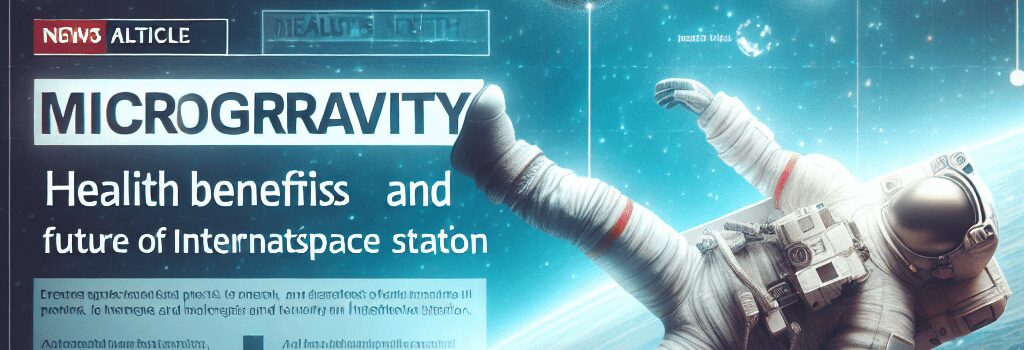Don Pettit on Microgravity Health Benefits and ISS’s Future

Very few can claim to have re-entered Earth’s atmosphere on their 70th birthday. But that’s exactly what NASA Flight Engineer Don Pettit did on April 20, 2025, after 220 days aboard the International Space Station (ISS). Pulling 4.4 g during Soyuz descent through the atmosphere and landing at dawn on the steppes of Kazakhstan, Pettit cemented his status as the oldest astronaut to accumulate such long-duration flight time—590 days over four missions.
Defying Age: A Storied Career in Space
- First flight at age 47 (Expedition 6 in 2002): 180-day increment, early ISS assembly tasks.
- Short-duration Space Shuttle mission (STS-126): Logistics and life-support upgrades.
- Expeditions 30/31 and 72: Oversaw ARED upgrades and commercial crew integration.
Of all NASA astronauts, only two have logged more days in orbit, yet none matched Pettit’s combination of age and mission length. Across these missions, he optimized dozens of experiments—from colloid physics to asteroid-sample handling—that inform both basic science and deep-space mission planning.
Physiological Reset: Microgravity as Natural Therapy
On Earth, aging often brings creaky joints, sore shoulders, and stiff necks. Onorbit, Pettit discovered that many of those chronic pains virtually vanished. “When you’re floating, those small stabilizer muscles get a break, and all the tiny aches heal up,” he said. However, the return to 1 g is punishing. Pettit described struggling to rise from the floor—proof that microgravity deconditions the local muscle fibers rather than the prime movers.
NASA’s countermeasures have evolved significantly since Pettit’s first missions. The Advanced Resistive Exercise Device (ARED), installed in 2008, now delivers up to 600 lb of vacuum-cylinder resistance for squats and deadlifts. Combined with the Combined Operational Load-Bearing External Resistance Treadmill (COLBERT) and Cycle Ergometer with Vibration Isolation (CEVIS), astronauts exercise about 2½ hours daily, targeting bone density and cardiovascular health. Recent onboard telemetry feeds machine-learning models—co-developed with MIT—to predict microgravity-induced sarcopenia and automatically adjust workout loads.
Microgravity Research and Biomedical Insights
Beyond exercise, spaceflight offers a unique laboratory for aging research. NASA’s Bio-Monitor wearable system tracks ECG, respiration, and skin perfusion in real time. The European Space Agency’s Vascular Aging Study, launched in 2024, uses ultrasound to measure arterial stiffness evolution in orbit; preliminary data show a 10% reduction in carotid elasticity after six months without optimized countermeasures.
Meanwhile, the ISS’s Life Sciences Glovebox has hosted osteoporosis drug trials, evaluating bisphosphonate efficacy in microgravity. Gut microbiome sampling under the BioCell experiment revealed shifts in bacterial diversity, prompting ESA physiologist Dr. Julie Mons to propose personalized probiotic regimens on future missions.
The Space Station at a Crossroads
First commissioned in 1998, the ISS is now in its 27th year of continuous habitation. Pettit witnessed the maturation of its hardware: from the early Destiny laboratory to the European Columbus and Japanese Kibo modules. Robotics upgrades—like Canadarm2 and the Dextre manipulator—have enabled on-orbit repairs, from ammonia pump replacements to solar array bearing lubrication.
With NASA’s planned deorbit in 2030, debate swirls over the station’s future. According to NASA Deputy Administrator Pam Melroy’s 2025 briefing, extending operations to 2032 is feasible with sustained funding and private-sector partnerships. Companies like Axiom Space aim to attach commercial modules, creating a hybrid government-private station that could continue research and manufacturing beyond the core segment’s retirement.
Beyond 2030: The Next Generation of LEO Destinations
As the ISS phases down, NASA’s Commercial LEO Destinations (CLD) program invests up to $400 million per awardee to develop privately owned research platforms. Blue Origin’s Orbital Reef and Nanoracks’ Starlab are under construction, targeting startup by 2028. Simultaneously, NASA’s Artemis program will rely on the Lunar Gateway—a modular station in cislunar space—to test life-support and radiation-shielding technologies, bridging LEO research to deep-space exploration.
Looking Ahead: The Explorer’s Paradox
Even after four missions, Pettit’s passion for exploration endures. He refers to the “explorer’s paradox”: the tension between the call of the frontier and the pull of home. “Once the flight surgeons clear me, I’ll be ready to go again,” he says, echoing John Glenn’s 1998 flight at age 77. With private astronaut missions on the horizon, veteran astronauts like Pettit may mentor civilian crews, ensuring that decades of spaceflight wisdom continue to guide humanity’s next giant leaps.